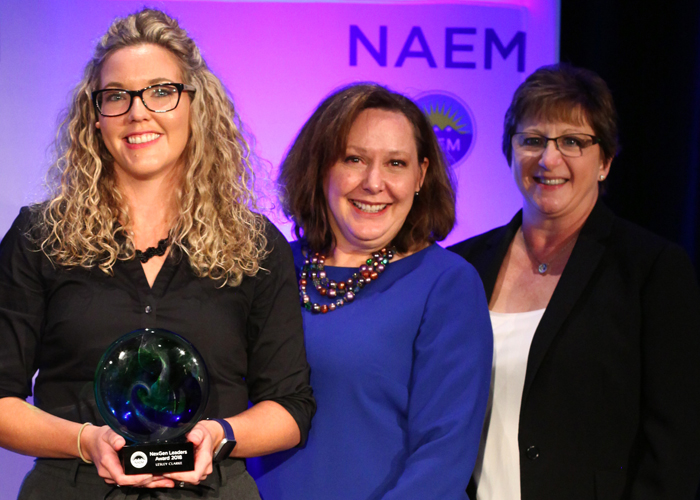Making Sense (and Cents) of EHS

These phrases usually escape the lips of certain non-EHS individuals in a tongue-in-cheek manner — they know their organizations need EHS programs in place for legal and moral reasons, but the last tier of the trio, the financial benefit, can frequently get lost in translation.
So why the disconnect?
If you step back and look at this issue, it’s actually easy to pinpoint; it all boils down to communication. As EHS leaders, we’re busy talking in data and analytics while everyone else is discussing the business in dollars and cents (and time is money).
Overall, the pitch for EHS compliance is an easy one — you need to follow the regulations and legislation that apply to you — it’s that simple. But what happens when there’s a plethora of options a company can choose from to reach or maintain compliance? The cheapest option to implement is typically the one management gravitates towards. The cheapest option to implement, however, may not be the one that has a positive impact on the bottom line.
Here’s an example. Think of a dimly lit working area — getting more of the same lights would satisfy the health and safety concern, and would likely be the cheapest option to implement, but long term, you would have increased utility costs from the increase in energy usage. There is no Return on Investment (ROI). On the other side of the coin, exchanging all of the lights with efficient LED lighting would be more expensive to implement, but would result in energy cost savings year after year. The ROI and payback period can be calculated; in the not-so-long-term, this option would save money overall. The bonus? You’d also be supporting the sustainability goal of lowering your carbon emissions.
However, using the above example, the ROI (or lack thereof) typically isn’t included in our ask. As EHS leaders, that’s where we need to refine our pitch. We need to be able to effectively communicate all of the benefits to the organization — not just the legal and moral ones. Realizing both the direct and indirect cost savings involved with EHS programs and initiatives ourselves before presenting all of the options to management is key to developing a fulsome business case.
With that said, learning the strategies to get your management team to commit to resource allocation is part technical and part art. A quick search on the internet will bring you to a multitude of resources that show you how to write a stellar business case. In reality, however, it’s much more than that. During these times, we need to step out of our EHS comfort zones and be true business partners — we have to be a combination of the compliance gurus we are, mixed with a strategic storytelling-type communication style, while wearing the cap of a salesperson.
I know how hard it is to convince someone that change is a good thing or to buy into new ideas. In my personal life it’s even hard for me to get my husband to support the idea of rearranging the living room furniture. “Trust me, it’ll be okay, you’ll like it!” is a proclamation that has never worked for me at home, so how can I expect a similar statement to automatically result in buy-in from management or front-line staff on new EHS programs? (Simple answer – it doesn’t!)
To that end, here are three things you should consider when making your pitch for EHS:
- Understand the big picture: Take a step back and look at the larger picture to quantify the benefits. Understand how it satisfies compliance obligations and the intangible benefits (such as improved employee morale), and calculate the payback period and ROI.
- Know your audience: Who are your stakeholders? What do they value? What’s in it for them? Tweak your message based on your audience.
- Use a common language: Do all those facts and figures need to be a part of your pitch? Do they even understand what they mean? Simplify the data. Use the lingo that speaks to them. Remember to underscore both the tangible and intangible benefits.
About the Author

Lesley Clarke
Walker Industries Inc.
Lesley Clarke, Manager, Environmental Performance at Walker Industries, is responsible for developing and implementing environmental management programs with a focus on regulatory compliance, permitting, training and auditing.
Lesley has more than 14 years of experience working in the environmental sector. She began her career as an environmental consultant, where she conducted and later managed contaminated site assessments, monitoring and remediation projects in several jurisdictions across Canada.
Lesley is a graduate of Fleming College and is a certified member of The Ontario Association of Certified Engineering Technicians and Technologists.
Lesley has more than 14 years of experience working in the environmental sector. She began her career as an environmental consultant, where she conducted and later managed contaminated site assessments, monitoring and remediation projects in several jurisdictions across Canada.
Lesley is a graduate of Fleming College and is a certified member of The Ontario Association of Certified Engineering Technicians and Technologists.




